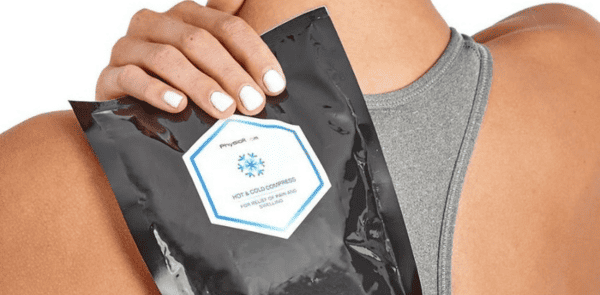It’s amazing how a simple application of ice can provide relief from pain and aid in the healing process. Known as ice therapy, it has been used for centuries to treat various conditions. But what exactly happens when we apply ice to our bodies?
In this blog, we will uncover the fascinating science behind this natural treatment. Keep reading to learn how it can provide support to your or someone’s recovery journey.
The Science Behind Ice Therapy
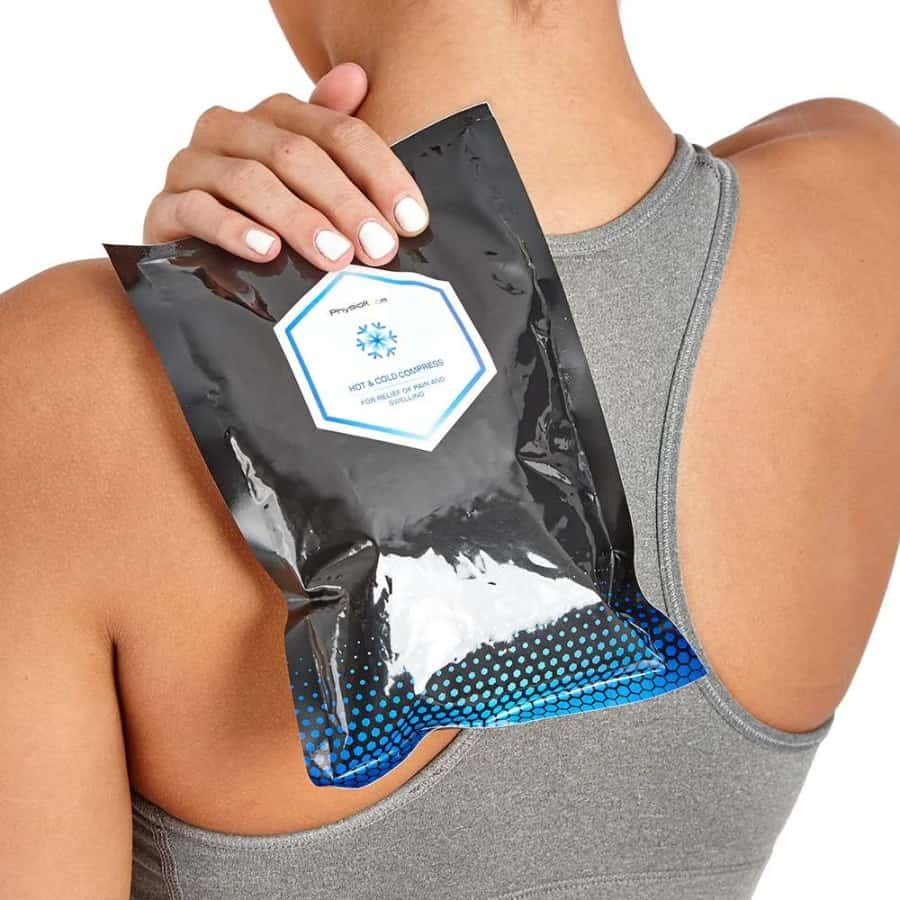
The principle of cold therapy forms the foundation of ice therapy. When applied to the body, cold temperatures can have profound effects on our physiological processes. Among these is vasoconstriction, the narrowing of blood vessels. When cold is applied to an area, blood vessels constrict, reducing blood flow in that range. Additionally, it limits the movement of inflammatory molecules and immune cells. This constriction helps to minimise swelling and inflammation.
Another response is the ability of cold therapy to decrease tissue metabolism. As the temperature drops, cellular metabolism slows down. And this decrease can help prevent tissue damage and support the healing process. This particularly works in cases of acute injuries or trauma.
The next noteworthy benefit of ice therapy is the release of endorphins. Endorphins are the body’s natural pain-relieving hormones. When exposed to cold temperatures, the body releases endorphins. They interact with the brain’s opioid receptors, resulting in analgesic effects. These endorphins help to alleviate discomfort and induce a sense of relaxation.
Cryotherapy
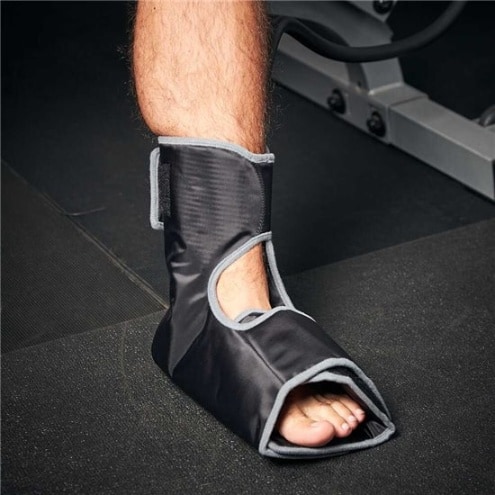
Cryotherapy is a specific form of cold therapy. It involves exposing the body to extremely cold temperatures for a short duration. This can be achieved through whole-body cryotherapy chambers. Alternatively, using localised applications of ice packs.
Cryotherapy triggers a series of physiological reactions. It then takes advantage of the body’s response to extreme cold. One significant effect of cryotherapy is its ability to modulate inflammation and pain.
The cold temperature helps to reduce the production of pro-inflammatory substances like cytokines. At the same time, it simultaneously promotes the release of anti-inflammatory agents. This response can aid in minimising pain and swelling associated with injuries.
Applications
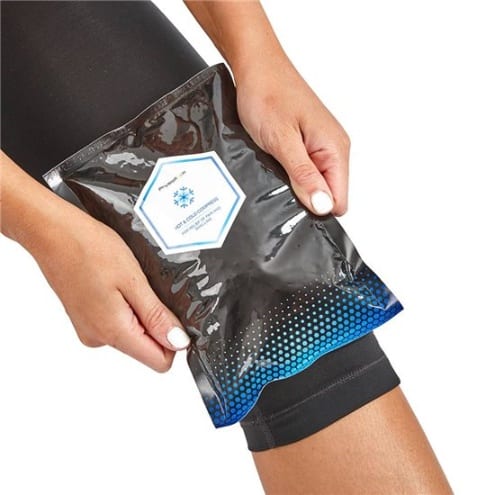
Acute injuries, such as sprains and bruises, can greatly benefit from ice therapy. The application of cold helps to reduce swelling by:
- constricting blood vessels
- limiting the release of inflammatory molecules
This constriction also assists in numbing the area, providing pain relief.
Swelling can also be effectively managed with ice therapy. Be it caused by injuries, surgeries, or inflammatory conditions. The ‘cool treatment’ reduces blood flow and lymphatic circulation to the affected area. It helps limit the accumulation of fluid and reduce tissue swelling.
Muscle soreness can be alleviated through ice therapy as well. Cold temperatures help to decrease inflammation and ease muscle spasms. This provides relief from discomfort and aids in muscle recovery.
Ice therapy is commonly recommended for various sports-related injuries. Examples include sprained ankles, tennis elbow, or shoulder strains. These injuries often involve inflammation, pain, and swelling. Ice therapy can effectively address such conditions.
Benefits and Risks
The benefits of ice therapy extend beyond symptom relief. By reducing swelling, ice therapy minimises tissue damage. It helps prevent excessive fluid accumulation and maintains the integrity of surrounding structures.
The constriction of blood vessels also restricts the release of inflammatory mediators. This can contribute to a faster healing process.
There are potential risks and contraindications to be aware of, though. Prolonged or excessive cold exposure can cause tissue damage, such as frostbite. Thus, it’s crucial to follow the recommended application duration. You may also use protective barriers, such as a cloth or towel, between the skin and the ice pack.
Individuals with impaired circulation should consult with a healthcare professional. The same goes for those with conditions such as Raynaud’s disease – before using ice therapy.
Techniques and Best Practices for Ice Therapy
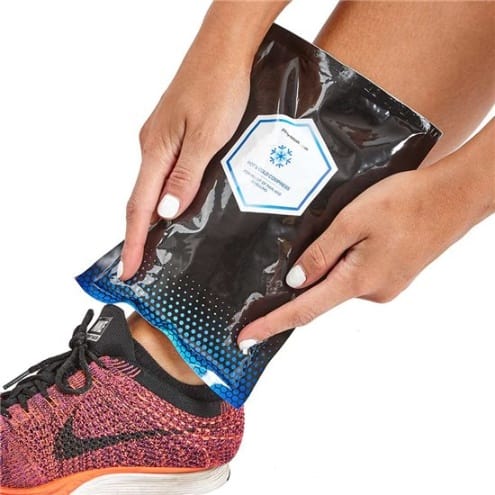
Ice therapy can be administered using various methods. Here are some techniques and best practices you may follow:
- Ice packs are a popular choice for localised treatment. These packs, usually filled with ice or gel, can be applied directly to the affected area. They conform to the body’s contours, delivering cold therapy to reduce swelling.
- Cold compresses involve wrapping ice cubes or crushed ice in a thin cloth or towel. This method provides a more gentle and gradual cooling effect. Compresses are effective for larger areas or when direct contact with the skin isn’t ideal.
- Ice baths are used for treating multiple body parts or for whole-body cryotherapy. This approach requires immersing the specific body part in cold water with ice.
The duration and frequency of ice therapy sessions are essential for optimal results. As a general guideline, aim for 15 to 20 minutes of ice therapy every 2 to 3 hours during the initial acute phase of an injury. However, it’s crucial to listen to your body and adjust accordingly. If you experience excessive discomfort or numbness, shorten the duration. Or you may allow your skin to recover before reapplying ice.
Round-up
Ice therapy harnesses the power of cold temperatures to:
- provide pain relief
- reduce inflammation
- promote healing
It addresses a wide range of conditions, including acute injuries, swelling, and muscle soreness. But as mentioned, it’s important to use caution, protect the skin, and follow recommended guidelines for duration and frequency.


